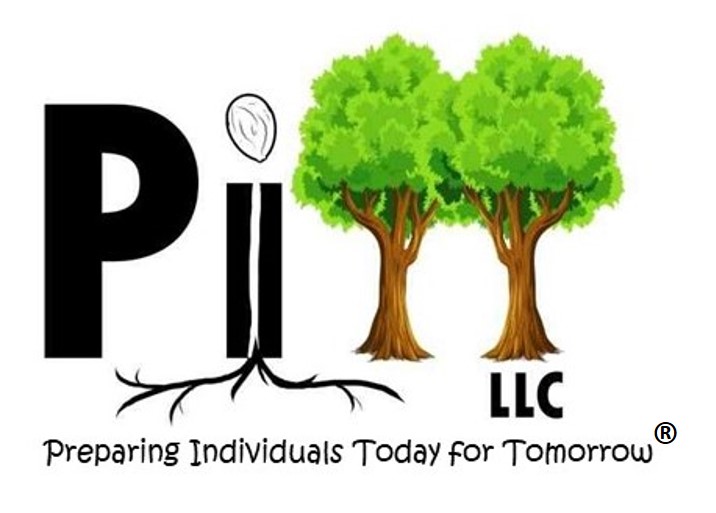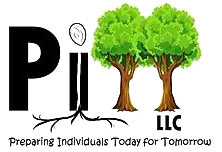
Autism Spectrum Disorder (ASD) is a developmental disorder that results in repetitive behaviors, social interaction and communication challenges, as well as challenges with sensory processing. The word “spectrum” is aptly used to reflect that symptoms can vary greatly, from mild to severe, across different individuals.
In a study by the Centers for Disease Control and Prevention (CDC), 1 in 59 U.S. children were identified as having ASD. The earlier the disorder is diagnosed, the sooner a child can be helped through treatment interventions.
ASD Symptoms
The symptoms of Autism Spectrum Disorder include:
- Trouble with basic human communication. This can include a lack of responsiveness during social interactions, abnormal use of gestures, eye contact or facial expressions and a difficulty understanding relationships.
- Repetitive behaviors and interests that can include specific movements or spoken phrases, a need for routine, intense interest in specific objects or topics, and either low or high levels of sensitivity to sensory environment (sights, sounds, smells).
- Symptoms present early in childhood and cause “clinically significant impairment in social, occupational, or other important areas of current functioning.”
Diagnosing ASD
As stated earlier, it’s important that ASD be diagnosed as early as possible to reduce the symptoms of autism and improve the child’s quality of life. There is no medical test for autism. Instead, diagnosis is based on observing the child. Trained professionals are usually able to diagnose autism by speaking with the child and asking questions of parents and other caregivers.
The American Academy of Pediatrics recommends that children be screened for developmental disorders before the age of three. Under federal law, any child that is suspected of having a developmental disorder is able to get a free evaluation.
Here are some possible red flags for autism spectrum disorder that the Centers for Disease Control has identified:
- Not reacting to his or her name by the age of 12 months.
- Not acknowledging objects to show interest by 14 months.
- Not playing “pretend” games by 18 months.
- Isolating themselves and not making direct eye contact.
- Getting upset by minor changes to routine.
- Repetitive motions such as spinning in circles, rocking their body or flapping their hands.
If your infant or toddler has shown any of these symptoms and you have concerns about their development, it’s important that you bring them to your family physician for evaluation. While there is no cure for Autism Spectrum Disorder, there are different styles of behavioral therapy that can lesson symptoms and improve the child and their family’s quality of life.
SOURCES:
https://www.psychologytoday.com/us/conditions/autism-spectrum-disorder
https://www.psychiatry.org/patients-families/autism/what-is-autism-spectrum-disorder


Leave a Reply